llegal wildlife trafficking is the fourth largest illegal activity in the world, after narcotics, counterfeiting and human trafficking. It is a highly profitable activity (estimated to be worth $23 billion annually), and is fuelled by poaching. Pangolins, rhinos, elephants and tigers are some of the most at-risk animals—due to the high value of their body parts on the black market—but many other species are also targeted.
To avoid detection, poachers use sophisticated and rapidly changing techniques. As a result, conservationists are increasingly turning to high-tech as the last line of defence to protect animals that are hunted for their tusks, horns, shells, meat, skins or scales, or captured to become exotic pets.
Smart sensors for a rapid response
The key to successfully combating poaching is to respond quickly at the first sign of its presence in the protected area. Smart sensors have thus become an important tool to stay one step ahead of poachers. In Hluhluwe-iMfolozi Park, a rhino conservation hotspot in South Africa, a smart fence has been installed to detect any incursion or tampering along its length, pinpointing the location of the activity. An automatic alert at the control centre then mobilises a rapid response team to confront poachers before any rhinos are harmed.
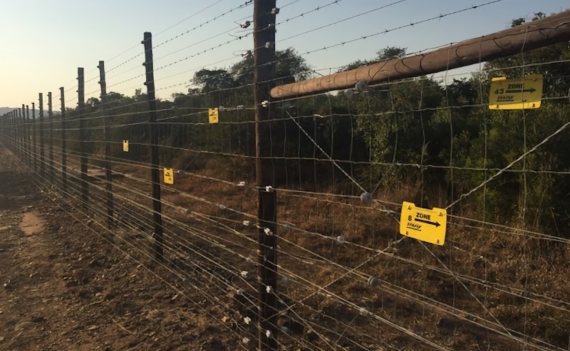
While camera traps have been used for decades to capture images of wildlife, they are increasingly being used to track the movements of poachers. One example is TrailGuard AI, “a cryptic camera-based anti-poaching alert system designed to stop poachers before they kill”. The tiny cameras use deep neural network algorithms to detect humans in motion-triggered images, and then notify park staff wirelessly.
Some parks choose to install audio sensors that monitor sound waves and listen for the abrupt sounds caused by gunshots, chains saws, truck engines or explosions. Compared to camera traps, acoustic sensors are cheaper, record continuously and can detect events further away with a 360-degree radius. When these sensors are stationed throughout a park, they can triangulate the source of suspicious noises and provide detailed real-time information via a wireless network on the precise location of the sound, and even automatically deploy drones to investigate and collect evidence.
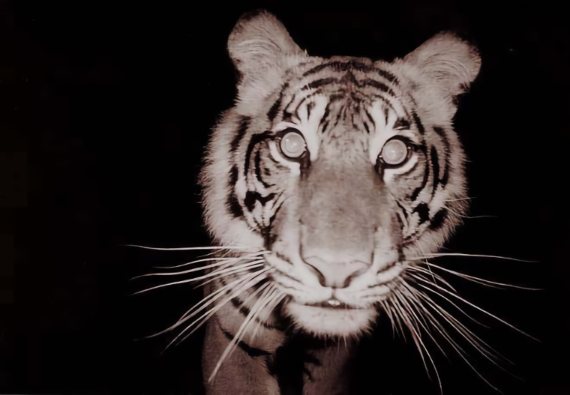
Predicting poachers’ movements
Anyone with a Netflix account has experienced the application of artificial intelligence (AI) to predict what people are likely to do, based on their past behaviour. A Harvard computer science professor, Milind Tambe, and his team have built on that knowledge to develop PAWS (Protection Assistant for Wildlife Safety), an AI system—based on machine learning and game theory—that can predict the behaviour of poachers.
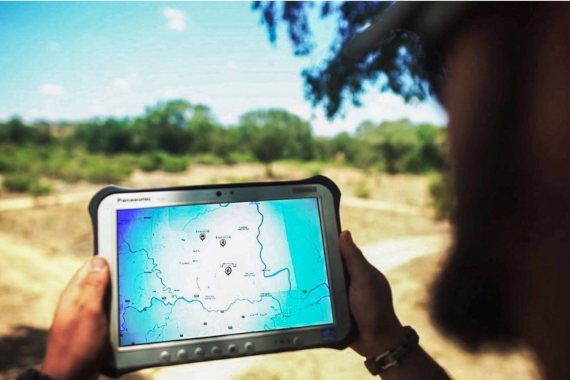
PAWS uses basic data recorded by park rangers on patrol, such as locations where poaching snares have been set or campfires lit, combined with information about the natural layout of a park, such as the slope, park boundaries and areas with the most animals. With all this data, it learns the behavioural pattern of poachers and indicates where the risk of poaching is highest. The system then suggests patrol routes to maximise the likelihood of finding and disrupting illegal poaching activity. PAWS has been field-tested for several years in parks in Uganda and Cambodia, and these tests have confirmed that its predictive performance is superior to human intuition. The system has been incorporated into the open source Spatial Monitoring and Reporting Tool (SMART), a platform widely used by rangers and parks around the world.
Genetics to trace the origin of illegal trade
DNA databases are also being used to combat the criminal syndicates that fuel poaching. In 2015, authorities in Nepal seized a significant number of tiger parts, which they suspected had been poached in several areas of the country. They enlisted the help of the Centre for Molecular Dynamics-Nepal, which had created a database by collecting tiger faeces from across Nepal and constructing individual DNA fingerprint profiles of 60% of the estimated 200 wild tigers living in the country. The scientists were able to link six of the samples to Bardiya National Park, which alerted law enforcement and led to a successful investigation to track down and arrest poachers.
Over the last decade, more than 10,000 rhinos have been lost to poaching across the African continent. Their horns, rich in keratin, can sell for more than $60,000 per kilo. South Africa has by far the largest rhino population in the world, but their numbers have declined dramatically in recent years. In 2021, poachers killed a total of 451 rhinos in the country, down from an all-time high of 1,349 in 2015. Since 2009, the University of Pretoria has been developing the RhODIS (Rhino DNA Index System) database, which contains DNA samples from rhino crimes as well as live rhinos, with the aim of having all African rhinos in the system. The database allows investigators to link poachers to crime scenes and there have been several high-profile prosecutions.
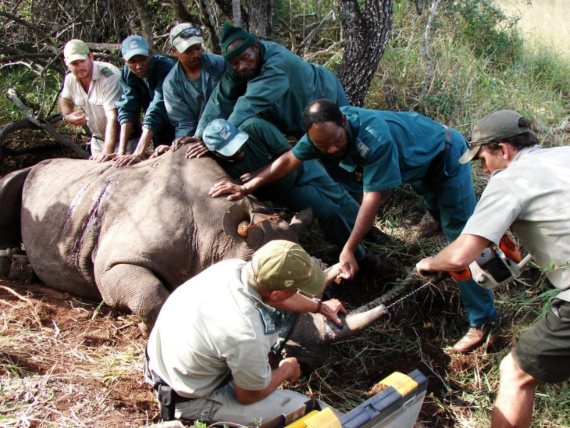
As for Africa’s beleaguered elephants, a paper published in Nature Human Behaviour in February 2022 showed how a relatively new way of working with DNA (called familiar matching) can reveal details about the criminal networks that prey on the largest mammals on Earth. The technique involves sequencing the DNA of a single confiscated tusk and comparing it to the DNA database of all elephants and tusks recorded since 2002, identifying any close relatives whose DNA is in the database. When this genetic evidence is combined with other information collected by law enforcement, such as phone records and shipment documentation, it allows investigators to create detailed, colour-coded maps showing the provenance of the tusks and their connections to other illegal ivory shipments. This “genetic genealogy”—an increasingly common crime-fighting technique used to capture the Golden State Killer in 2018—may be key to dismantling the transnational organisations that pay poachers to kill elephants.
Promising technologies that are no panacea
In Africa, wildlife protection is a dangerous profession. Hundreds of rangers have been killed in recent years, almost two a week, most of them shot by poachers in ambushes. Drones are an increasingly important part of the arsenal of these rangers who must put their lives on the line every day. While these “eyes in the sky” may be of limited use in the thick jungles of the world’s most dangerous national park—Virunga, on the eastern border of the Democratic Republic of Congo, home to the famed mountain gorillas—the technology has proved its worth out in the open, in the vast parks of Kenya and South Africa.
But not just any drone will do. They must be quiet and capable of flying long distances. These devices are especially effective at spotting poachers after dark from their body heat, when anti-poaching teams in helicopters are grounded and the vast majority of poachers are active. And even if they are a great help in detecting suspected poachers, park rangers still have to pursue and subdue the armed intruders, an always dangerous task.
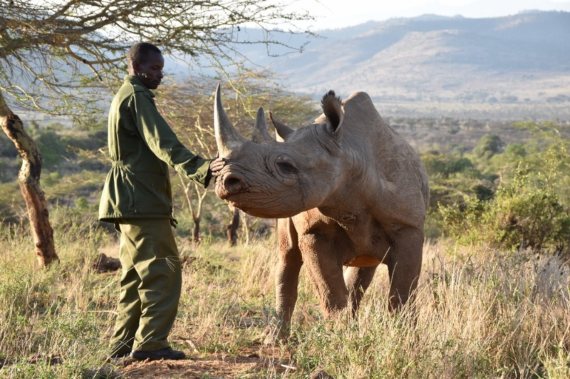
Many rangers in Africa and Asia are poorly paid and lack basic equipment such as warm clothing, boots or tents, let alone life insurance, health insurance or long-term disability. High-tech solutions may excite first-world donors eager to help protect endangered species, but such equipment can also be very expensive and divert money away from projects that address the root causes of poaching in local communities.
Moreover, poaching syndicates also have access to the latest technology and are able to adapt their methods quickly, or shift to targeting areas with less well defended wildlife. In the end, it is the demand for illicit wildlife products that drives poaching and it is on that battlefield that the future of the planet’s wildlife will ultimately be decided.
Neil Larsen
Comments on this publication